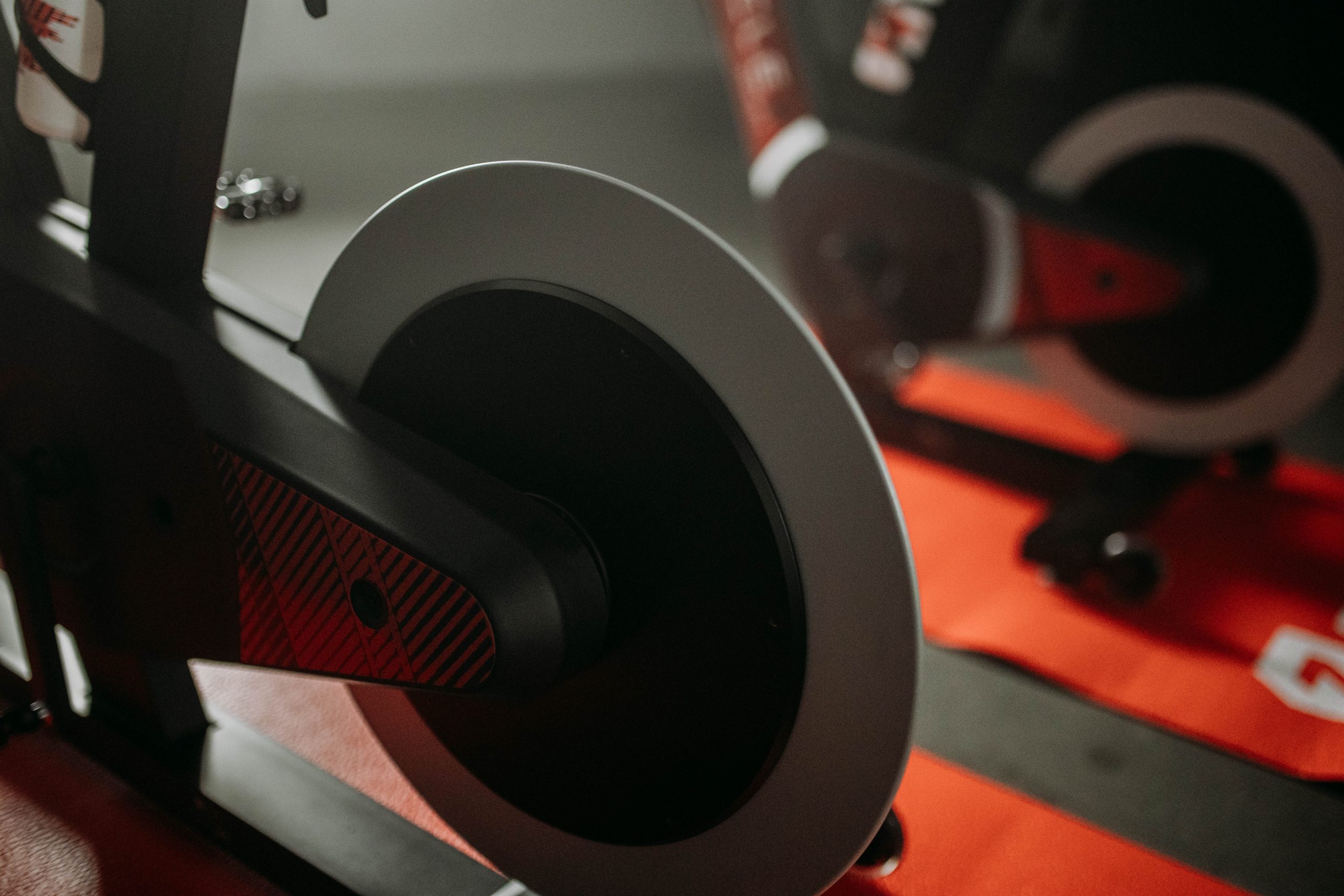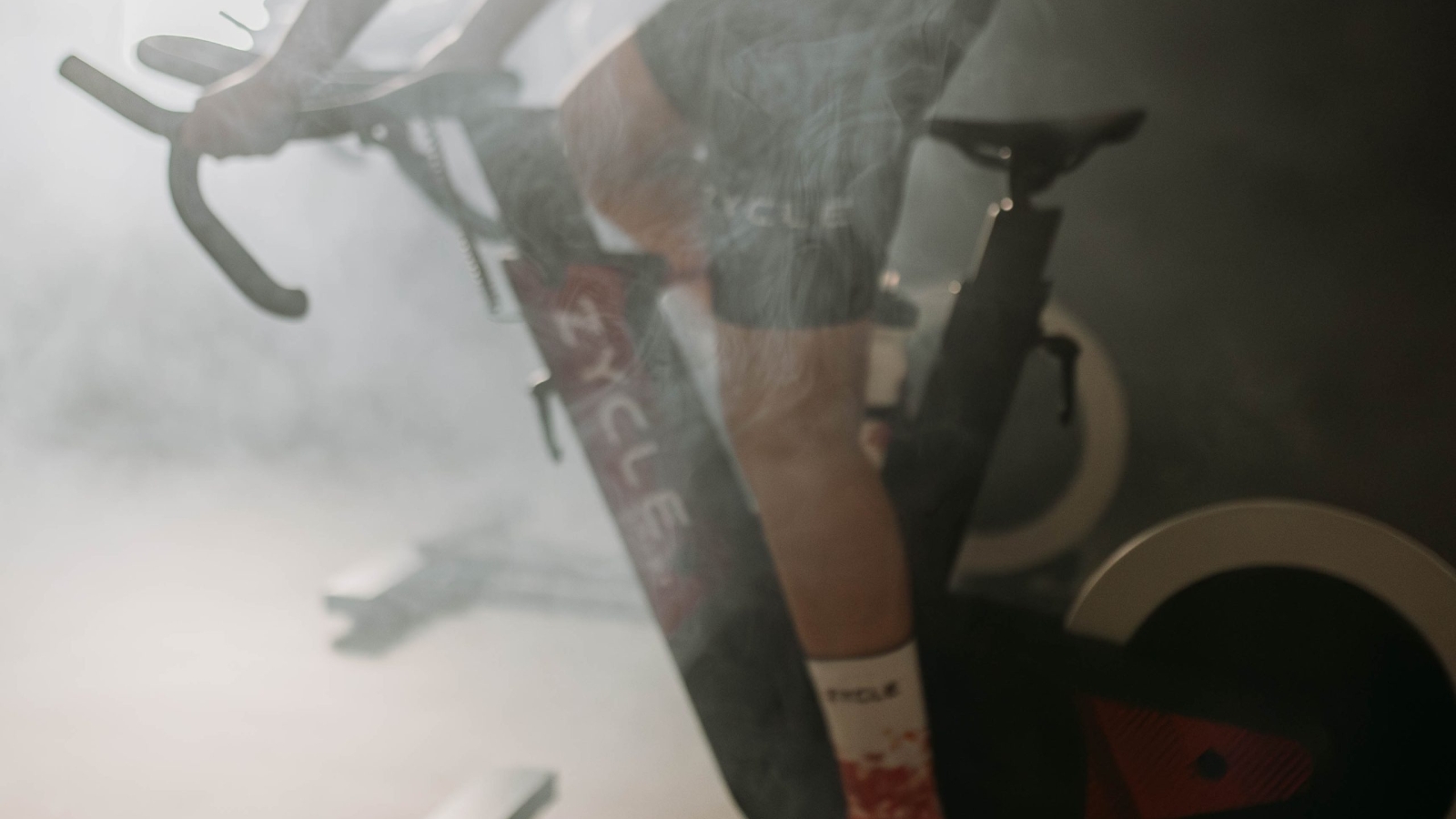When talking about indoor cycling bikes, models and features, there are many options to be found. However, not all of them offer the same features or the same level of performance for professional use, and one of the aspects that most influences this is the resistance of the bike. In this article we want to take a closer look at this important element of the vehicle, so we will analyze what types of indoor cycling resistance there are and which one is best for your needs. Read on to find out more!
What is cycle bike resistance?
If you have ever used an exercise bike for fitness you will have noticed that these offer some resistance when you go to pedal, this occurs through the braking system and the set of elements that compose it. Now, the way in which this resistance is achieved varies depending on the mechanism as such, or what is the same, the type of resistance in indoor cycling bikes. These are some of the characteristics that a good exercise bike resistance should have, regardless of the type:
- It should offer a progressive level of resistance and gradually increase in intensity.
- The resistance should be adjustable in intensity based on the level of the rider as well as the training objectives.
- The resistance level should be constant and avoid any noticeable sudden braking of the bike.
- A quality resistance remains stable over time, with no variation in intensity due to wear and tear.
Types of resistance on indoor cycling bikes

Now that you know what resistance is, it is important to analyze what the different types are in order to choose the one that best suits our needs. In fact, in some cases we can find bikes that combine two or more bike systems to provide a wider range of resistance levels and training options. In any case, these are as follows:
Fitness bike with magnetic resistance
This is the most modern indoor cycling resistance to date. This type of resistance uses a set of magnets to create resistance to pedaling and thus allow us to increase the intensity of our indoor cycling sessions. The most common in these cases is that the magnets move towards or away from the flywheels to increase or decrease the intensity. In addition, it can be controlled electronically or manually via an adjustment knob. The most sophisticated indoor cycling bike models on the market, such as the ZBike 2.0, combine this cutting-edge technology with state-of-the-art features, such as its automatic adjustment to the training session (i.e. the cycling simulator). This allows us to enjoy the session without having to worry about changing the resistance intensity manually. Among the most outstanding advantages of this type of resistance for exercise bikes we find the following:
- It is a very quiet system.
- They do not produce wear.
- The resistance is more stable as there is no friction.
- Bicycles with this type of resistance usually include flywheels that are lighter.
- The pedaling sensation is more realistic.
- They can be adjusted automatically, depending on the model of fitness bike.
Mechanical or friction bike
Also known as shoe resistors, which are the ones that carry out the braking or resistance when pedaling. This type of friction resistors are the most common in exercise bikes in general, they are adjusted by a friction brake that is applied directly to the flywheel. The pressure to the flywheel can be increased or decreased by adjusting the knob or lever. It should be noted that friction brake shoes wear out and must be replaced periodically. However, this is not a big problem since most brands offer their spare parts for individual sale and they are very easy to change. The main advantage of this indoor cycling resistance is that it is more economical.
Air resistance bike
This is a third classification of indoor cycling bike resistors, although they are not very common. In this case we are dealing with an air resistance system that increases or decreases the intensity depending on how fast you pedal. That is, the flywheel rotates inside a sealed box and this generates a resistance due to air pressure. As the user pedals faster, the air offers more resistance. Bicycles with this type of resistance are easy to recognize as they have a huge front wheel with a fan. They are highly recommended for improving fitness, helping to work the entire body and increase strength and endurance. Now, these are models intended for a more specific audience, looking to gain great physical conditioning in the fitness world.
Which is better for a stationary bike: magnetic or mechanical resistance?
In reality, the choice of one type of bike or another depends on the use to be made of it. Bicycles with magnetic resistance are the most recommended option for professional cyclists, but also for fitness enthusiasts and those who want to exercise with the bike on a regular basis. Keep in mind that there is no resistance wear and the experiences are more realistic. On the other hand, in friction resistors, in addition to wear, a slight noise is generated -which may be annoying for some people or neighbors-. The latter are recommended for beginners and people who are just starting out in the world of cycling.

 El carrito está vacío
El carrito está vacío 



